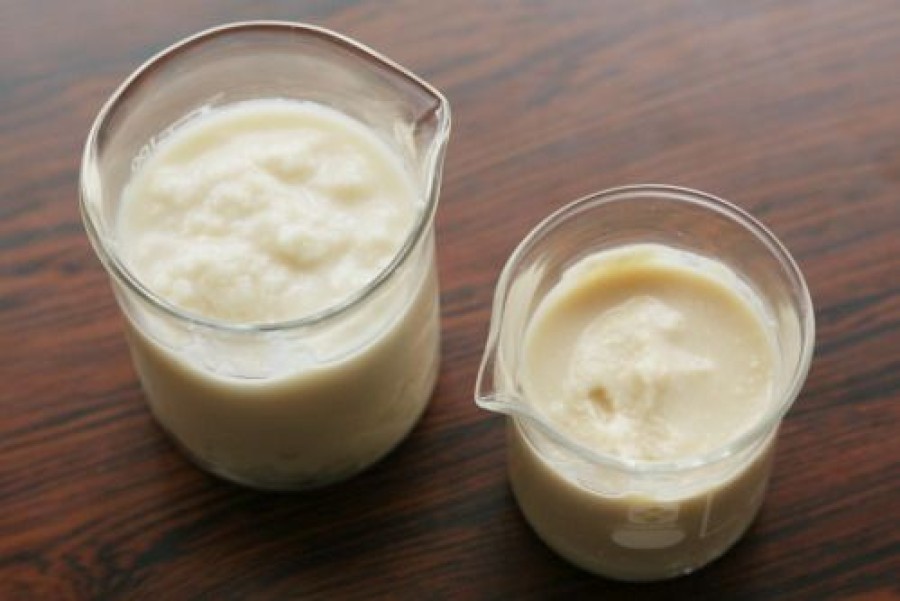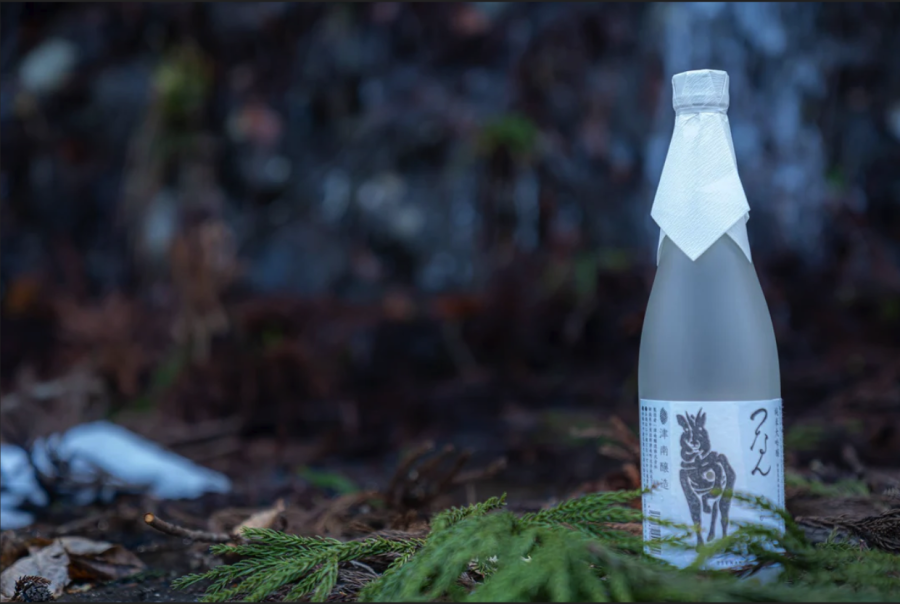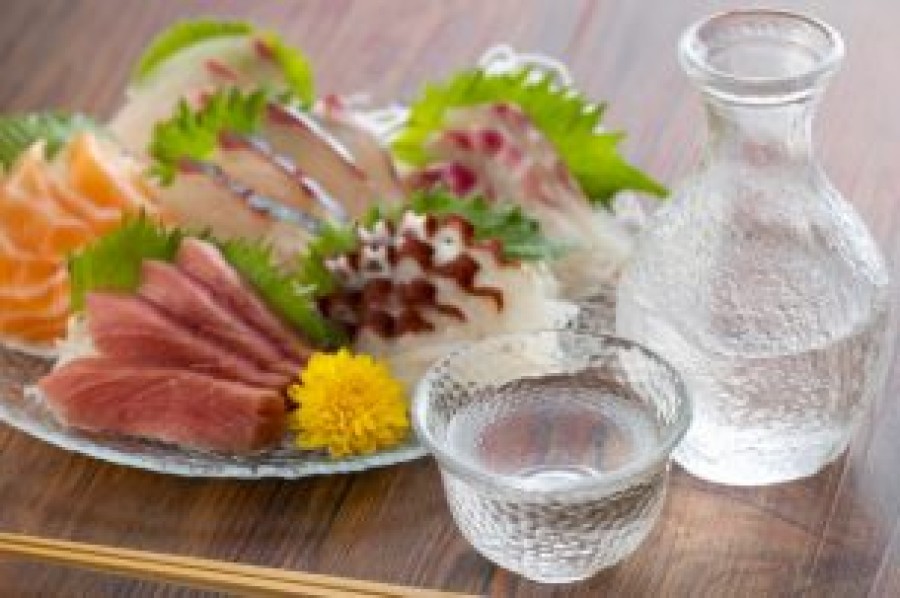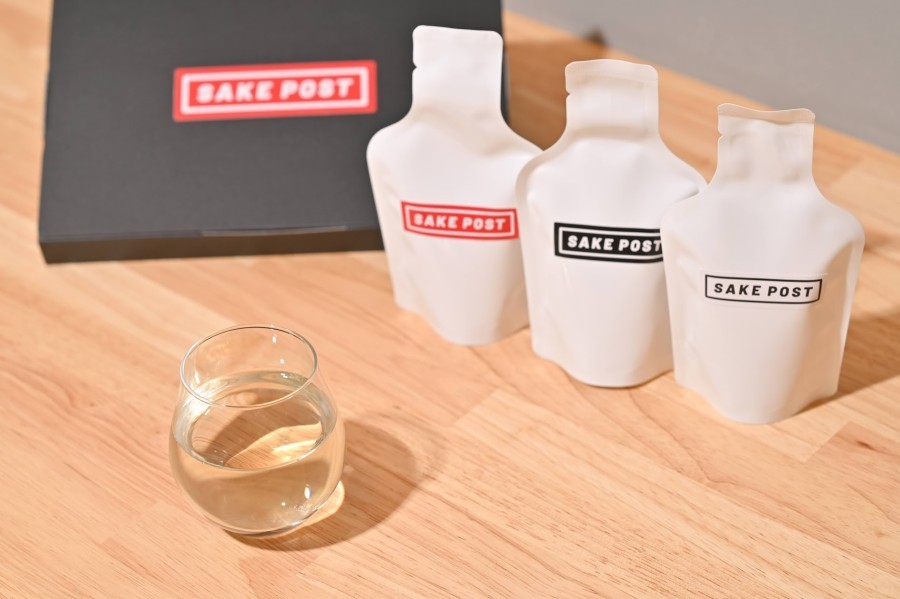Did you know that the official website of the Niigata Sake Brewers Association has been renewed and a video introducing lactic acid bacteria fermented sake lees 'Sakasuke' has been uploaded?
In this article, the head of the Niigata Brewery Research Institute, Mitsuki Kanae, and cookery researcher Yuka Nakajima introduce what sakasuke is and how amazing it is, as well as recipes that use sakasuke. Please take a look.
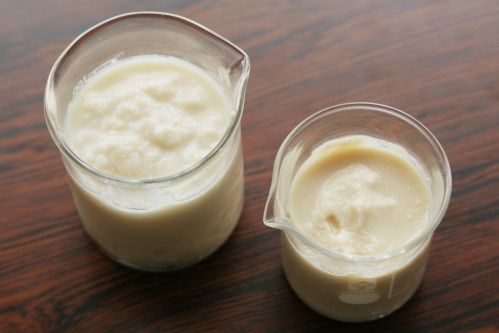
Lactobacillus fermented sake lees "Sakasuke" is a fermented food, and by further fermenting sake lees with lactobacillus, it takes on the shape of yoghurt and has a sour taste. The alcohol content is also eliminated as the sake lees are steamed during the production process.
About 20 years ago, the idea for Sakasuke was inspired by the fact that the sake lees, with their high nutritional and functional value, were being disposed of, and that it was a waste that they had no place to go.
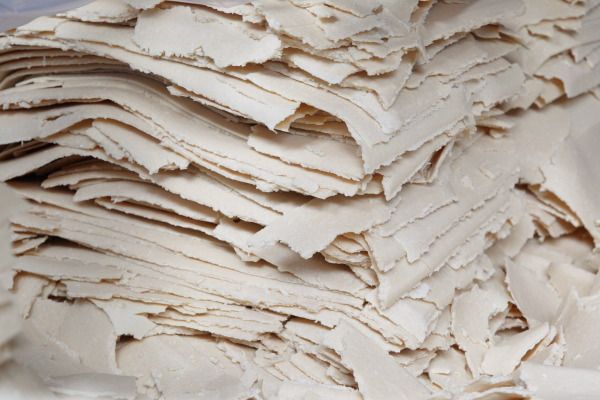
Sake lees come in different shapes, such as plate lees and rose lees, depending on how they are pressed. The taste also varies depending on the type of sake.
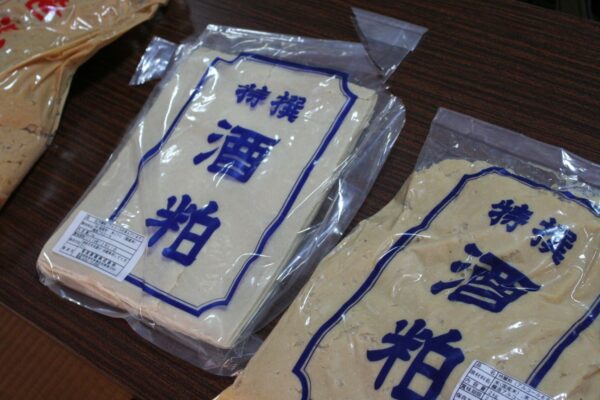
The left photo shows the sake lees (new lees) produced when the mash is pressed, and the right shows the sake lees (variously called kneaded lees, stepped lees, summer lees, etc.), which are matured from the new lees and are often used for pickles.
Up to now, various recipe books and TV programmes have introduced the wonders of sake-kasu, a fermented food, such as for regulating the bowels, beautifying the skin and preventing the ageing process.
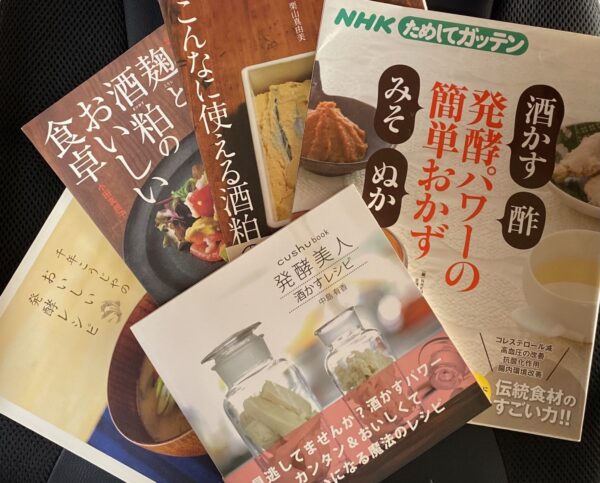
It was featured in the NHK TV programme Tameshite Gatten, and sake lees disappeared from sake breweries! and was even called "Sake Lees have disappeared from breweries!".
Currently, the situation seems to be different for each brewery, with some having a shortage of sake lees and others having a surplus.
One thing is certain: sake lees are always created when sake mash is pressed.
Sake breweries in Niigata Prefecture carefully polish the sake rice and produce a luxurious sake with a clean flavour to avoid over-pressing and producing a cloying taste.
It would be a waste not to use the sake lees produced in the process.
However, there are certainly problems with the unique smell of sake lees, and plate lees are difficult to use.
Sakasuke was created to solve this problem.
The easy-to-use shape of the Sakasuke makes it a great choice for a wide range of culinary applications.
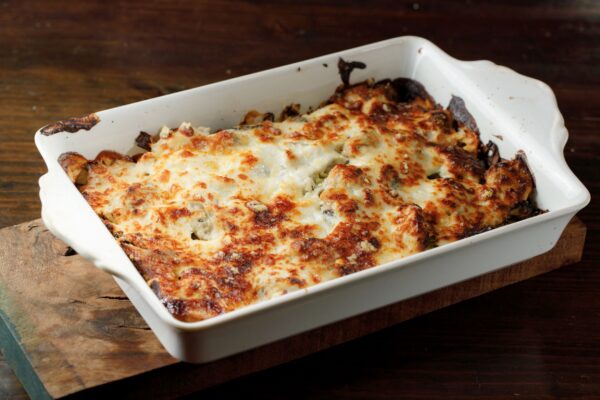
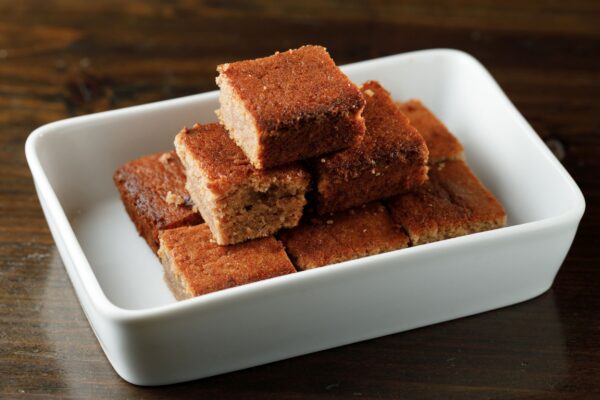
The Seafood Sakasuke Gratin (above) and Sakasuke Chocolate Cake (below) were introduced by Yuka Nakajima in the 'Izakaya Yuka-chan' section of the 'Niigata Sake no Jin 2019' guidebook 'cushu Techo Spring/Summer Edition'. They have an addictive taste with just the right amount of acidity.
'Sakasuke' became the first to know about sakekasu.
Some time ago, I had the opportunity to conduct another in-depth interview about sake lees and 'sakasuke', and heard from people in various capacities, including the head of the Kanaeba, Akinari Seto (Midorikawa Sake Brewery), chairman of the Sakasuke Promotion Council, the brewers who produce 'sakasuke' and the manufacturers who commercialise the drink.
One phrase from this interview made me gasp.
'There is no need to differentiate between sake lees and 'sakasuke''.'
Scales fell from my eyes when I heard these words from the manufacturer.
Until then, we had been thinking about how we could tell people about 'Sakasuke', an excellent food ingredient made by fermenting sakekasu with lactic acid bacteria. However, I was deeply convinced by the opinion that "Sakekasu is an ingredient that has not yet penetrated the general public, so it would be good if 'Sakasuke' could serve as a window for people to get to know sakekasu and as an ingredient for people who don't like sakekasu".
That said, we are also seeing cream-type products that are easier to use in the form of sake lees.
When she previously edited a book of sake lees recipes, Yuka Nakajima suggested cream stock and caramel stock as a way to get people to eat 50g a day, every day.
Cream is a method of dissolving sake lees in boiling water and preserving it in a creamed form.
Caramel is a method of preserving board meal by cutting it into caramel-like pieces and wrapping them in cookie sheets.
These can be used in a variety of dishes every day to have people enjoy sake lees as a seasoning! This was the concept of the book.
My latest craze is baked sake lees.
As a lazy person, I thought about how I could make things easier and devised a technique whereby when I grill fish or vegetables, I tear off the frozen board lees and grill them together? I invented a technique whereby when I grill fish or vegetables, I tear off the frozen sake lees and grill them together.
Sake lees do not become tough when frozen and can be torn off easily.
They become slightly charred, fragrant and soft, so they can be used in miso soup, as a topping for salads and in many other dishes, and are recommended for those who don't want to be bothered with them.
These days we hear that some young people have never seen sake lees.
From now on, people may come across sakekasu as a result of Sakasuke.
Both are amazing foodstuffs.
Keep it close at hand and enjoy it in different ways to savour it and become healthy and clean!
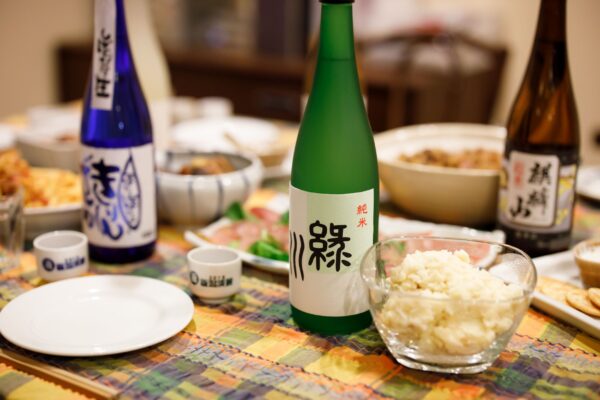
From 'cushu Techo Spring/Summer Issue: Niigata Sake no Jin 2019 Edition', Izakaya Yuka-chan. 'Sakasuke Potato Salad with Kiriboshi Daikon'. This recipe is available in a video on the official website.
『cushu手帖』『新潟発R』編集長
高橋真理子
2021.04.23
advertisement


